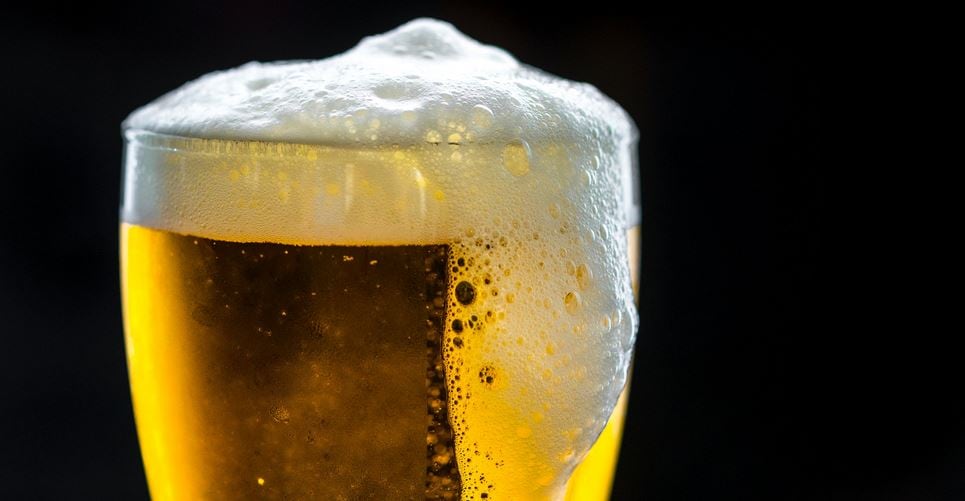In The Morning Advertiser’s (MA) Drinks List published last month, it was a mixed bag in value and volume terms for the category’s top 10 best-selling brands in the on-trade.
Five of the top 10 cask brands saw both value and volume decline, one saw just volume declines, while the other four saw an uptick in both value and volume sales.
When all of the top 10 cask beer brands are combined, they make up 813,472 hectolitres of cask ale volumes between, with the largest, Sharp’s Doom Bar, accounting for 237,315 alone and the smallest, Ruddles, contributing 28,519. Meanwhile, the top cask brands also generate £488m in sales for the category between them.
Beer Report
Yet, as CGA’s Paul Bolton puts it in MA's 2019 Beer Report, “cask beer is having a tough time”. Sales are down 7.7% in the past year and down 23% over the past four years.
“And the price you pay for a pint is still very low compared with what you’d expect. It’s a great story, a crafted product that’s unique to pubs, but the perception is that it can’t command a higher price – that needs a change of mindset.”
The Cask Report 2019, released in September, finds some solace in a recent uptick in premium sales (meaning beers above 4% ABV), which helped cask record a 3.5% growth in July, against July 2018. But product quality issues, exacerbated by slow throughputs, remain a block to cask gaining that premium pricing it deserves.
Pubs can help by not trying to sell too many different beers.
“The first thing they can do is make sure they’re ranging for quality,” says Louise Fleming, head of consumer marketing at Marston’s. “That means checking weekly throughputs and having the right number of cask ales on the bar for their business.
“The second thing is to range by style. Ranging by amber, gold, amber, then dark will, we believe, appeal to the maximum number of drinkers to guarantee throughput and choice. Of course, there are regional differences but this should be a good starting point.
Contemporary cask ale
“Operators can then stretch their range and generate more cash through expanding choice into more contemporary styles of cask such as IPAs, pale ales and higher ABV beers.
“Innovation adds interest and appeals to younger drinkers and those who might otherwise switch out of cask in search of refreshment.”
That innovation now includes ‘chilled cask’ brands that try to address the continuing problems with serving temperature identified by Cask Marque which warns, in The Cask Report, that consumer satisfaction drops off a cliff when a pint nudges above the optimum 11-13°C.
Both Marston’s, with Wainwright Altitude, and Greene King, with a new cool serve system for Yardbird Pale Ale, are experimenting with brews meant to be served below cellar temperature.

